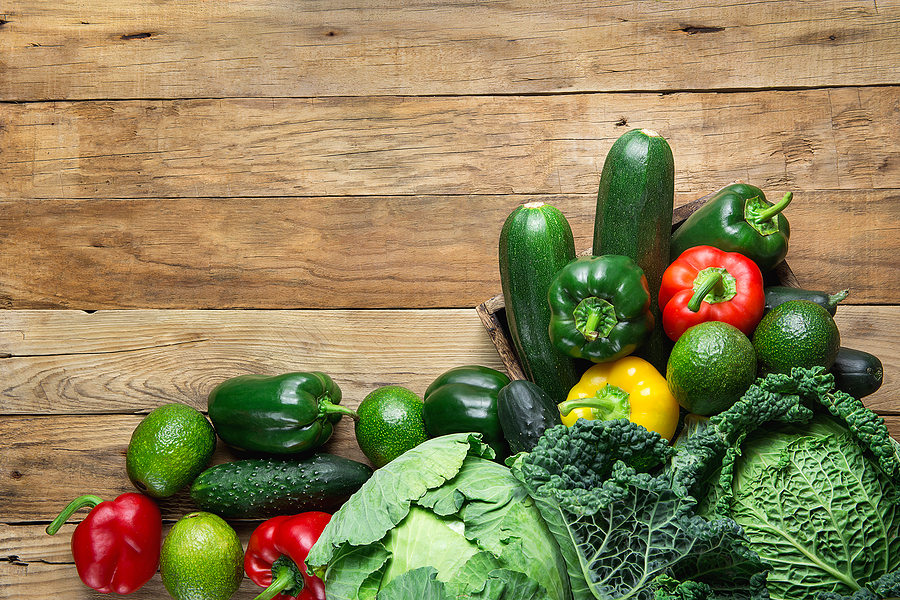
Table of Contents
Pre Diabetic Diet – Why You Should Include Fiber and Fruit in Your Pre Diabetic Diet
A good pre diabetic diet focuses on quality carbohydrates. Instead of white bread, opt for whole grains. Instead of snacking on fruit, choose fresh berries. Some people consult the glycemic index of common foods to determine how much sugar they will raise blood sugar. Whole-foods are also a good choice. This article discusses these foods in detail. Read on to find out how you can incorporate these foods into your diet.
Protein helps keep blood sugar levels steady
Although protein has little effect on blood glucose, it can help stabilize levels. It blunts the effects of carbohydrates by breaking down slowly. In addition, protein helps the body with a number of physiological processes. A pre diabetic diet should include a variety of protein-containing foods, such as fish and poultry. Although a high-protein diet may seem like a better choice for regulating blood glucose, it is not necessarily better.
When carbohydrates are high in fat, protein tends to slow the breakdown of sugar. In addition to helping to stabilize blood sugar levels, protein can help prevent post-meal spikes. Protein can be consumed as a breakfast with non-starchy vegetables or plain Greek yogurt. Top with a bit of lemon juice or extra virgin oil, and you're on your way to better blood sugar control.
Carbohydrates are also important for blood sugar balance. While you should limit your intake of these carbohydrates, it is still important to consume a variety of fiber-rich whole foods for energy and nutritional benefits. In addition to protein and fiber, healthy fats are also essential to help stabilize blood sugar. They also help manage appetite. These factors make a good pre diabetic diet a great choice.
Fiber curbs hunger
A good source of fiber is fruits, vegetables, and whole grains. Fiber helps you feel full and prevents overeating. It also has many health benefits, including reducing cholesterol, improving digestion, and managing blood sugar levels. Increasing your fiber intake can also help you maintain a healthy weight and prevent unhealthy snacking. Here are some reasons why you should include fiber in your pre diabetic diet. Listed below are some of the best sources of fiber.
Eat plenty of fruits. Berries, such as blueberries and raspberries, contain more fiber than other fruits. Fiber is a slow-digesting carbohydrate that keeps you fuller longer. This prevents late-night hunger pangs and overeating. In addition, fruits contain protein, which slows down digestion. This keeps blood sugar levels steady. Keeping yourself satiated with fruits and vegetables will also prevent overeating and unhealthy snacking.
In addition to being good for the digestive system, fiber promotes bowel health and lowers blood sugar levels. In addition, fiber helps prevent obesity by slowing the absorption of refined sugars. In addition to curbing your hunger, fiber also helps regulate blood sugar levels by eliminating toxins from the digestive tract and improving overall health. So, while you're following your pre diabetic diet, don't skip this important nutrient.
Low-carb fruits
The following are examples of low-carb fruits that you should eat as part of a pre-diabetic diet. Citrus fruits are a great source of vitamins and minerals, and are also low in carbohydrates. The serving size for most fruits should be about one small piece or half cup. For best results, choose fresh or frozen fruits rather than canned or dried fruits because the latter typically contain added sugar.
While it might be tempting to opt for the most convenient low-carb fruit that you can find, it's important to note that these types of fruits tend to have a higher sugar content when cooked than when they are raw. However, the USDA nutrition facts for fruits and vegetables only reflect their carbohydrate content when raw. This can increase your risk of a hypo. Also, the American Diabetes Association recommends eating about 130 grams of carbohydrates per day, so the amount of fruits and vegetables you consume should be tailored to your individual needs.
To avoid too much sugar, try eating more low-carb fruits. Peaches are one of the most nutrient-dense fruits. They contain only nine grams of carbohydrate per serving, but also provide significant amounts of fiber and magnesium. A single ounce of peach is also rich in vitamin C, which can reduce your risk of developing diabetes. Low-carb fruits are not a bad option for pre-diabetes.
Whole-foods
A high fiber diet is important for people with diabetes. It's associated with a lower body mass index. In addition, people who follow a whole-foods diet tend to lose weight and experience less insulin resistance. Cutting meat and processed foods from your diet won't automatically help you lose weight. However, whole-food plant-based diets can lower your cholesterol and blood pressure. And because they're rich in fiber, they make you feel full longer.
It's not enough to cut out animal products from your diet – you need to make sure your intake of plant-based foods is not too high. You'll want to include plenty of fruits and vegetables in your meals, and limit animal protein. Studies have shown that people who eat lots of fruit and vegetables are less likely to develop diabetes. Additionally, people who follow a plant-based diet have a lower risk of developing type 2 diabetes.
While changing your diet for prediabetes is no small undertaking, it doesn't have to be a daunting task. Weisenberger suggests coordinating with your healthcare team, setting realistic goals, and sticking to a plan that you know will work for you. Make sure to include plenty of fiber and avoid refined and empty calories. If you can't make the switch, communicate with your doctor or care provider so that you don't aggravate your condition.
Nuts
Adding nuts to your pre diabetic diet can help you control your blood sugar. Nuts are low glycaemic foods, which rank carbohydrates according to their effect on blood sugar. Because walnuts contain a limited amount of dietary carbohydrates, they have little effect on blood glucose levels. Additionally, studies have shown that walnuts can improve a person's cholesterol levels and reduce their risk of developing heart disease. Also, walnuts have a higher content of fibre than most other nuts. This is important because fibre tends to take longer to digest than other carbohydrates.
A 2008 study showed that people with type 2 diabetes were less likely to develop cardiovascular disease and insulin resistance when they ate nuts on a regular basis. Researchers also found that frequent nut consumption reduced markers of inflammation in the body. Furthermore, despite the high calorie content, a serving size of one to four ounces of nuts is enough for a person's daily calorie intake. Research suggests that regular nut consumption may reduce the risk of developing type 2 diabetes, cardiovascular disease, and all-cause mortality.
Another study showed that mixed nuts have beneficial effects on blood lipid levels and glucose control in type 2 diabetics. This study, published in the August issue of Diabetes Care, supported the benefits of nuts as an addition to the pre diabetic diet. The study was sponsored by the International Tree Nut Council, a group of nut-growing companies that represent Brazil nuts, almonds, cashews, hazelnuts, macadamias, and hazelnuts.
Water
The most important thing for a pre diabetic to drink is water. Though water is considered a food by many people, the fact is that water is not a complete food. Even though it is a good source of minerals and vitamins, it does not replace salt or sugar, which are lost through sweat. A good alternative to water is seltzer water, which is free of carbohydrates and calories. This type of beverage is also a good way to stay hydrated, and it supports healthy blood sugar levels. Besides, it comes in a variety of flavors, and you can add fresh fruit or herbs to make it more enjoyable.
Another key ingredient in a pre diabetic diet is water. Although it may seem contradictory, water is an essential ingredient in a well-balanced diet. The amount of water we drink is directly related to our overall sugar level, so increasing our water intake is a key component of the diet. Increasing our water intake can help control blood sugar levels by keeping cells hydrated. Additionally, water dilutes the blood, which lowers its concentration. Water is also an important ingredient in vegetables, and many of the best ones are leafy greens, asparagus, and cauliflower.
Those with diabetes are at a high risk of heart attack or stroke. One of the easiest ways to prevent these events is to reduce the amount of saturated fats in our diet. These foods contain high amounts of sodium chloride, and they are generally highly processed. You can also check the label of packaged goods and check whether or not they contain hydrogenated oils. This can indicate the presence of trans fats. In addition to reducing saturated fats, it is important to reduce the amount of salt in your diet.










